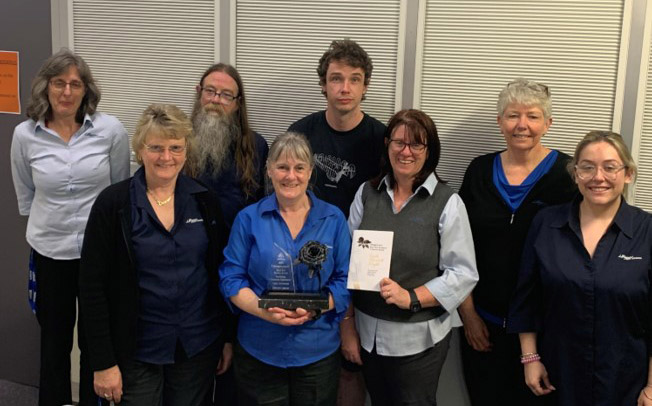The independent Heat Stress Risk Assessment (HSRA) Technical Reference Panel has released its draft report on heat stress risk in live sheep exports to the Middle East.
The panel has recommended:
- a heat stress risk assessment framework focused on animal welfare, using the heat stress threshold to assess the risk of heat stress occurring in the various categories of sheep shipped from Australia, rather than assessing the risk of mortality.
- using the current heat stress threshold derived, but not currently utilised, in the industry model as the wet bulb temperature welfare limit for exported sheep based on weight, breed, condition score, acclimatisation, fibre length and where they are sourced from. The recommended wet bulb temperature welfare limit for a standardised shipper sheep is 28°C.
- the model should use a 98 per cent probability that the deck temperatures the sheep would be exposed to during a planned voyage would remain at or below the wet bulb temperature welfare limit.
- the base space allowance for sea voyages should be determined by the Australian Standards for the Export of Livestock, and then adjusted according to the HSRA.
- that environmental conditions in the destination ports be taken into account, and recognise the ongoing need to measure and record environmental conditions accurately and at a sufficient number of relevant locations on board vessels to provide transparent monitoring and protection of livestock welfare.
The draft report is now open to feedback, with stakeholders encouraged to provide their views.
Work on a new approach to heat stress risk assessment for the live export of sheep to the Middle East during the northern hemisphere summer was a recommendation from Dr Michael McCarthy’s review.
The McCarthy review recommended a move from an HRSA based on mortality to one based on the animal becoming affected by heat stress, with five related recommendations.
The department convened a technical reference panel to test these recommendations, with expertise across the animal welfare, heat stress and animal science fields, along with an Australian Maritime Safety Authority representative.
Submissions to the draft report will be analysed by the panel in finalising its report and recommendations to the department.
The aim is for new HSRA settings to be implemented in 2019—before the next northern hemisphere summer.
Stakeholders can provide their feedback to the draft report via the ‘Have Your Say’ platform at haveyoursay.agriculture.gov.au/hsra-review. Submissions to the panel will close 31 January 2019.








